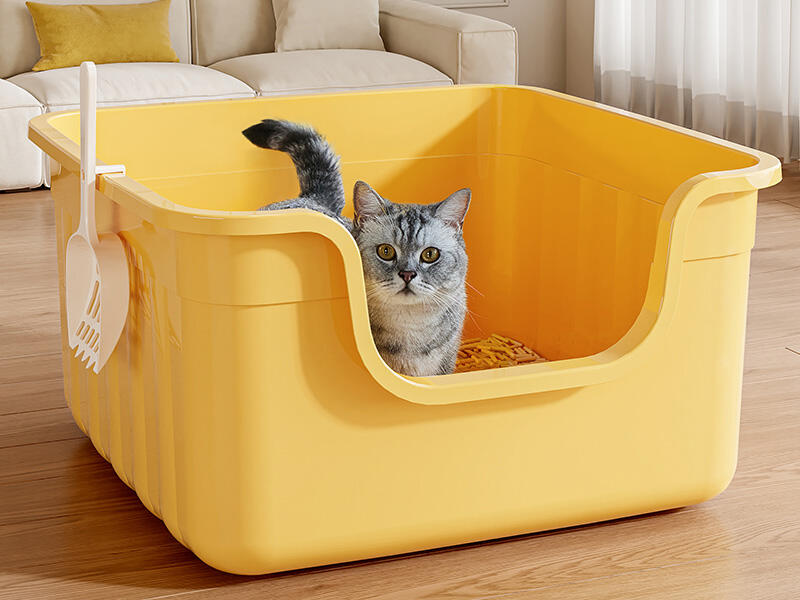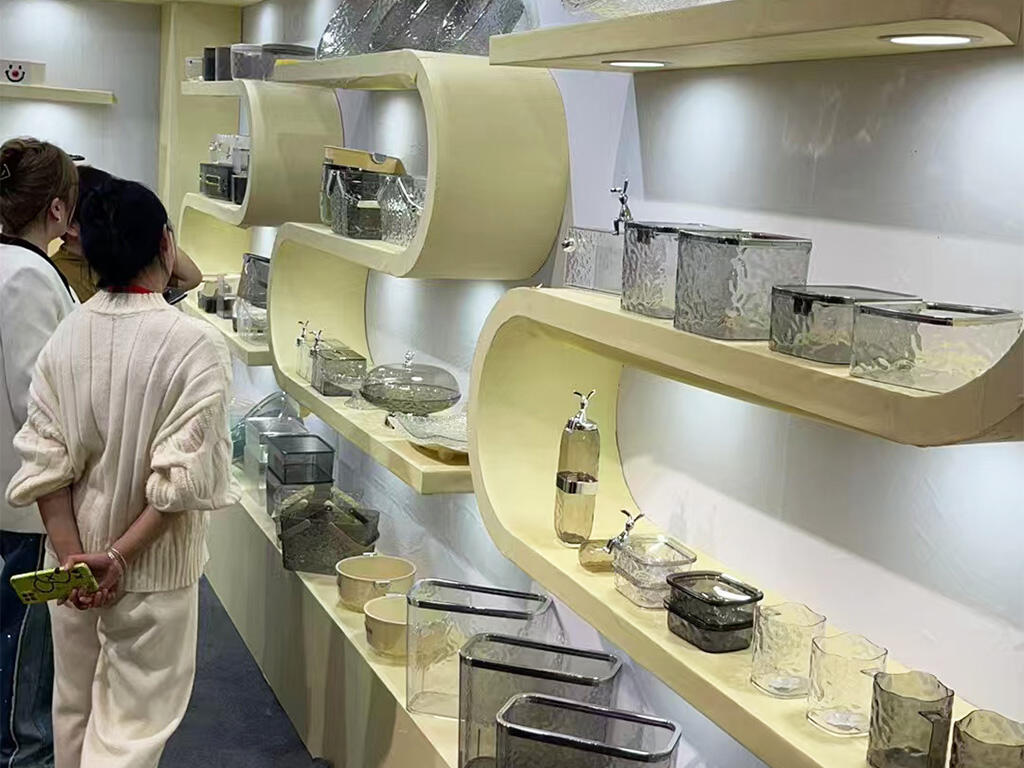Why Refrigerator Food Organizers Matter
Reducing Food Waste with Proper Storage
Food waste remains a pressing problem worldwide, with around 1.3 billion tons going to waste each year according to FAO data. Food organizers for refrigerators help cut down on this waste significantly. When foods are properly sorted into categories, people tend to notice items that are nearing their expiration dates first. A good organization system makes everything visible at a glance, so nothing gets lost behind other stuff in the fridge. Better storage arrangements also mean fewer accidents where food spoils before it can be used, which saves money and helps protect the environment. Many households find products like the Lille Home Set of 3 Stackable Produce Savers useful for keeping fruits and veggies fresh longer while maintaining order inside the refrigerator.

Extending Shelf Life of Perishables
Food organizers inside refrigerators do more than cut down on waste they actually make perishable items last longer too. When stored properly, fresh produce can stay good for about half as long again compared to when left out in open air. Containers designed for proper airflow work wonders, take the Bandesun Produce Saver for instance these keep fruits and veggies from going bad so fast, keeping them crisp and fresh much longer than usual. Another benefit worth mentioning is how these organizers create stable temperatures throughout the fridge, something absolutely necessary for keeping dairy products and meats safe to eat. Good quality storage solutions mean better tasting food overall, plus fewer grocery store runs since everything stays fresh longer, saving time and hassle in the long run.

Types of Food Organizers for Freshness
Produce Saver Containers with Airflow Design
The special airflow design in produce saver containers really makes a difference when it comes to controlling moisture levels and air circulation, which keeps fruits and veggies fresh much longer. What these containers do is cut down on ethylene gas buildup. Ethylene is basically what plants release as they ripen, so less of this gas means slower spoilage. Most brands offer several container sizes too, from small ones for berries to larger models that fit whole bags of greens or root vegetables. This kind of storage solution maintains better flavor and texture while cutting down on wasted food in the household. The environmental impact alone makes these containers worth considering for anyone who wants to get more meals out of their grocery purchases.
Adjustable Ventilation Bins for Leafy Greens
Adjustable ventilation bins provide customized airflow options that work best for different types and quantities of leafy greens stored within them. These storage solutions help preserve the crisp texture and nutrient levels in leafy vegetables, something that tends to decline rapidly when greens aren't kept under proper conditions. The perforated construction allows better moisture management throughout storage, cutting down on the likelihood of soggy produce, which remains one of the biggest problems faced by anyone storing fresh greens. Spinach, lettuce and similar greens stay fresher for extended periods when placed in these specially designed containers, making them a practical choice for anyone looking to maintain quality over time.
Collapsible Storage Solutions for Space Efficiency
Space saving storage ideas work wonders in tiny kitchens and cramped fridges. These foldable organizers just tuck away neatly when we don't need them, which makes all the difference when storing groceries or moving leftovers around. What I love about them is how they stretch out whenever there's something big to store, making sure every inch counts. As someone constantly battling limited kitchen real estate, these flexible storage solutions have become a lifesaver. They give me what I need functionally while still keeping things looking decent on the counter.
Key Features to Maximize Freshness
BPA-Free Plastic vs. Glass Materials
Picking the correct material for food storage containers really matters if we want our leftovers to stay fresh and not pose any health problems. Most experts suggest going with BPA-free plastics since these stop bad chemicals from getting into what we eat. They're pretty good for keeping things like meat or dairy safe without worrying about contamination issues. Glass containers tend to be better for the environment though and last much longer because they won't crack easily and can handle hot temperatures too. Sure, glass is heavier than plastic, but brands like Pyrex Ultimate make great glass containers that won't absorb smells or get stained over time. Plastic has its advantages too – it's light to carry around and comes in all sorts of shapes and sizes. But if someone wants something that keeps food smelling clean and looking spotless after months in the fridge, glass is probably the way to go for those long term storage needs.
Moisture Control and Drainage Systems
Moisture control systems really matter if we want our food to stay good longer. Think about containers that have drainage built right in they stop water from collecting inside, something that matters a lot for things like berries which get moldy fast when wet. Keeping the right amount of moisture around helps fruits and veggies stay fresh and not soggy, so they last on the shelf much better than otherwise. Plus, these drainage systems make cleaning up after ourselves way easier, which means people actually bother to clean their containers regularly. Less cleaning means less grime builds up inside, and that makes everything cleaner overall. So adding those little drains and moisture controls to food storage isn't just fancy it actually works wonders for keeping food fresh without all the hassle.
Organizing Strategies for Different Foods
Storing Fruits to Slow Ripening
Putting apples away from other fruits is actually one of those small tricks that really works when trying to keep everything fresh longer. The thing about apples? They release this stuff called ethylene gas, and it basically speeds up how fast neighboring fruits and veggies go bad. So if we just store them apart, there's less chance of everything turning mushy before we get around to eating it. There are also these special pads and sachets on the market now that soak up ethylene gas. I've tried a few different brands myself, and they do make a noticeable difference for things like bananas and avocados that tend to ripen so quickly. For serious storage needs, some folks swear by containers with built-in vents that let them adjust airflow depending on what they're keeping inside. These containers definitely help preserve freshness, though honestly most people probably don't need anything that fancy unless they buy fruit in bulk regularly.
Separating Ethylene-Sensitive Vegetables
Vegetables such as carrots and broccoli really don't get along well with bananas or other fruits that produce ethylene gas. When these veggies come into contact with that gas, they tend to wilt faster or just plain taste worse over time. For folks who want to keep their groceries fresh longer, separating foods by how they ripen makes all the difference. Most modern fridges work great with stackable bins or separate containers for this purpose. Putting sensitive items in one area while keeping fruit elsewhere creates better storage conditions overall. And let's face it, labeling everything clearly inside those bins is a game changer too. No more digging around trying to find something at the back of the fridge. Clear labels mean quicker access and easier tracking of what's been there too long. The result? Less wasted food and happier grocery budgets in the long run.
Maintenance Tips for Long-Term Use
Cleaning to Prevent Odor Buildup
Keeping food organizers clean regularly stops bad smells from developing and spreading to what's inside them. From my experience, simple stuff like white vinegar works really well here plus it's good for the environment. If someone uses vinegar consistently over time, they'll notice it gets rid of those annoying smells and actually kills germs without all the harsh stuff found in commercial cleaners. Setting up some kind of routine makes sense too. Maybe once a week or whenever things start smelling funny. This keeps the organizers working properly longer and means the whole kitchen just smells better overall instead of that musty storage container smell everyone hates.
Reusable vs. Disposable Organizers
The choice between reusable and disposable food organizers really comes down to what works best for daily routines and individual tastes. Most people find that investing in reusable containers pays off over time both financially and for the planet. These containers cut down on plastic trash and typically stand up to regular use much better than their single-use counterparts. Sure, disposable containers have their place when someone needs something quickly for a day trip or meal prep, but those convenience costs add up month after month. For anyone looking to cut back on waste without breaking the bank, going with reusable storage solutions makes sense from both an economic standpoint and environmental perspective.



